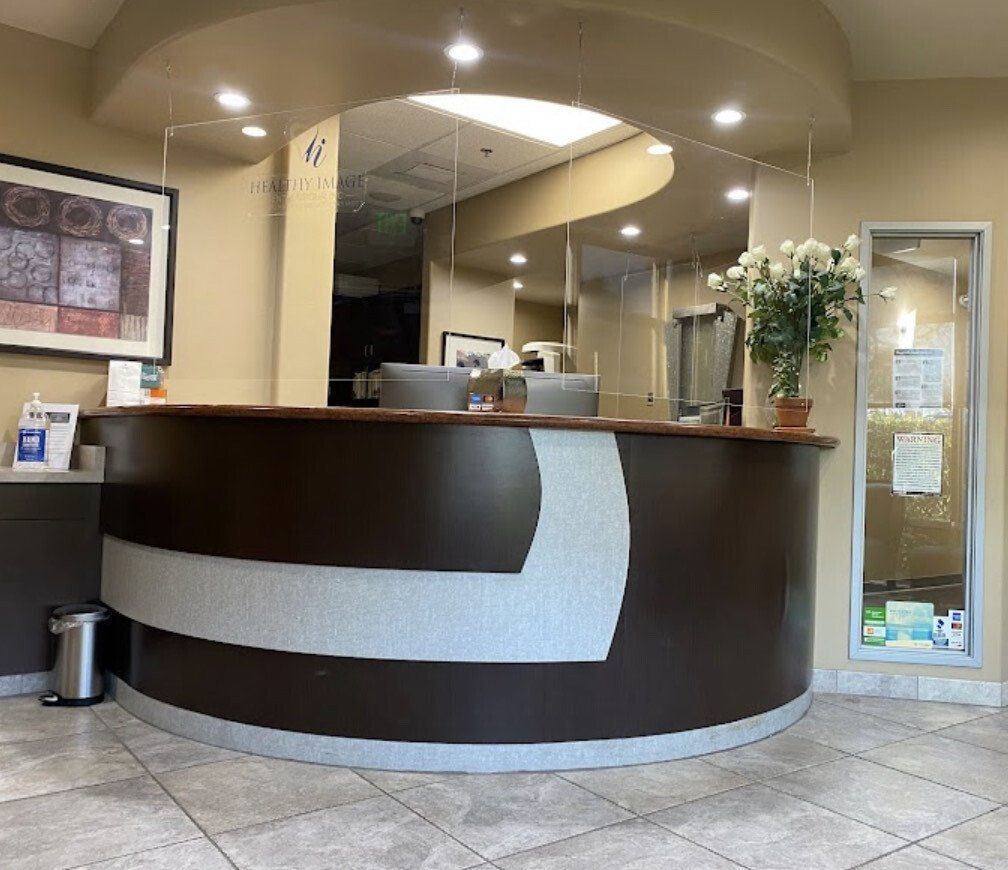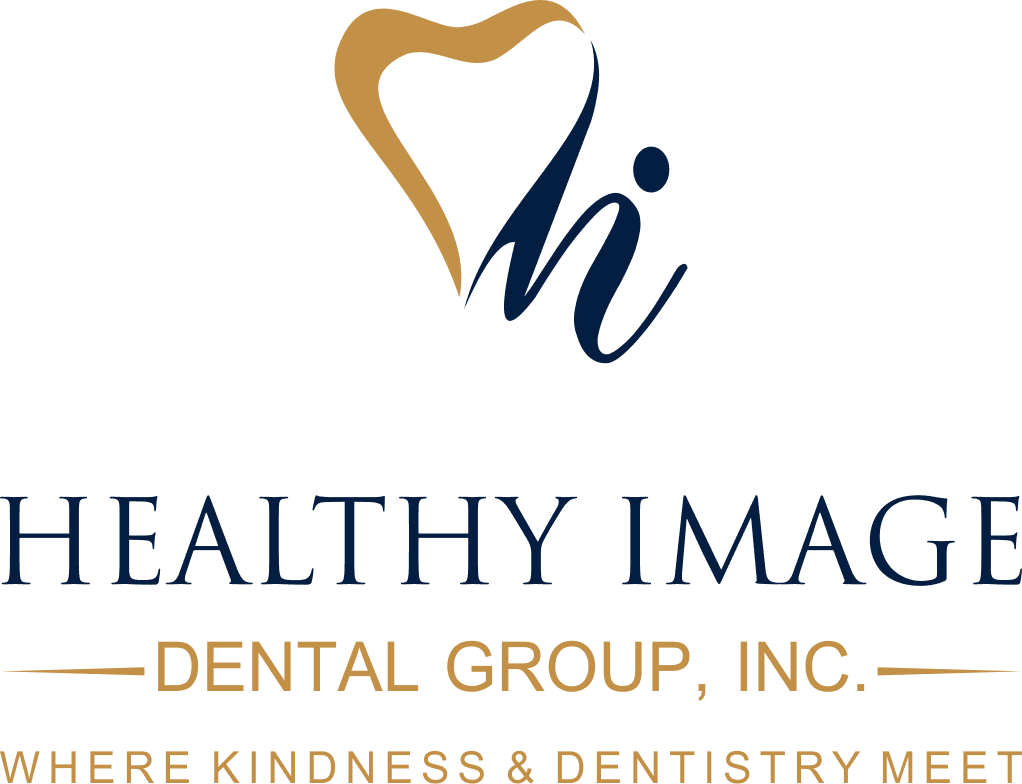How Digital Technology Is Revolutionizing Dentistry
- By Dr. Sindy F.
- •
- 10 Jan, 2018
We are in the middle of the digital revolution, and groundbreaking new technology is enhancing every aspect of our daily lives. Dentistry is no exception, blending the best tried and true techniques of the past with the most exciting and game changing new methods of today. Here are just a few of the biggest ways that digital technology has transformed dentistry in the past several years.
Digital Record Keeping and Consultations
The internet age has made it easier and more convenient than ever before for dentists and patients to work together. Digital records take up just a fraction of the storage space of paper charts and films. Online scheduling makes it easier to set up and change appointments, while specialized software allows dentists to consult in real time about complex patient cases. Websites let office staff answer commonly asked questions at the touch of a button, and any patient with an internet connection can develop a strong working knowledge of his particular condition and treatment options.
CAD/CAM Design
CAD/CAM design allows your dentist to create durable, aesthetically pleasing dental restorations in a single visit. Rather than having to send impressions out to a lab and wear a temporary while waiting for the results, your dentist can now perform many common restorations, including crowns and onlays, in the office. These restorations compare favorably to those created in a lab, and are much more convenient for both the dentist and the patient.
Digital Impressions, X-Rays, and Photos
If you have had dental work in the past, you probably remember the gooey impression trays. Gagging is a common reaction, and once the material hardens, it can be difficult to remove from the mouth. Digital impressions are clean, comfortable, and quick. Digital X-rays minimize radiation exposure, are more comfortable than traditional films, and can be magnified and manipulated as needed. Intra-oral cameras take detailed photos that can help your dentist spot problems at a glance and show you what is going on in your mouth. When taken together, these tools create a much more comprehensive picture of your oral health than was possible with traditional methods.
Optical and CT Scanning
A variety of painless scanning methods can improve diagnostics dramatically. Optical scanners and digital color maps can help ensure that your restorations more precisely match your existing teeth. Electronic sensors can evaluate the way your teeth come together when you bite down. Diagnodent technology can detect cavities that are too new to diagnose with traditional methods. Cone beam CT scanning provides a highly detailed 3-D map of the oral anatomy, making it possible for implant dentistry to be more precise than ever before. These tools work together to help your dentist create realistic, accurately placed restorations that are often indistinguishable from natural teeth.
The Wand and Dental Lasers
Novocain administration has long been a common source of fear for dental patients, but the Wand makes it nearly painless. A small, easy to use tool that administers numbing in a gentle way, the Wand also removes the traditional needle from the equation.
Dental lasers have transformed dentistry in many important ways. Dental lasers act as both heat sources and cutters. They can kill gum disease, expose partially erupted wisdom teeth, remove small pieces of soft tissue, and help to prepare your teeth for fillings. Their ability to thoroughly clean and cauterize wounds helps to minimize the risk for post-surgical infections, minimizes post-operative pain, and improves healing times.
Digital technology has truly revolutionized the dental practice in many important ways. More convenient scheduling and record keeping, better diagnostics, and additional treatment options are extremely helpful for both dentists and patients. Of course, digital technology cannot and should not replace tried and true, evidence based dentistry. Instead, your dentist will use his or her professional expertise to evaluate your individual situation and decide how best to proceed. In most cases, a combination of traditional skills and new technology will blend seamlessly to create a comprehensive treatment plan.
*CLOSED FOR LUNCH
12:00 PM - 1:00 PM
916.786.6431
| HOURS OF | OPERATION |
|---|---|
| Monday | 8:00 am - 5:00 pm |
| Tuesday | 8:00 am - 5:00 pm |
| Wednesday | 8:00 am - 5:00 pm |
| Thursday | 8:00 am - 5:00 pm |
| Friday | APPOINTMENT ONLY |
| Saturday | CLOSED |
| Sunday | CLOSED |

Healthy Image Dental Group, Inc.
576 North Sunrise Avenue Suite 140
Roseville, CA 95661
Office (916) 786.6431
Email: healthyimagedentalgroup@gmail.com
Copyright ©2024 Healthy Image Dental Group, Inc. All Rights Reserved. Designed by Beautiful Site Designz
